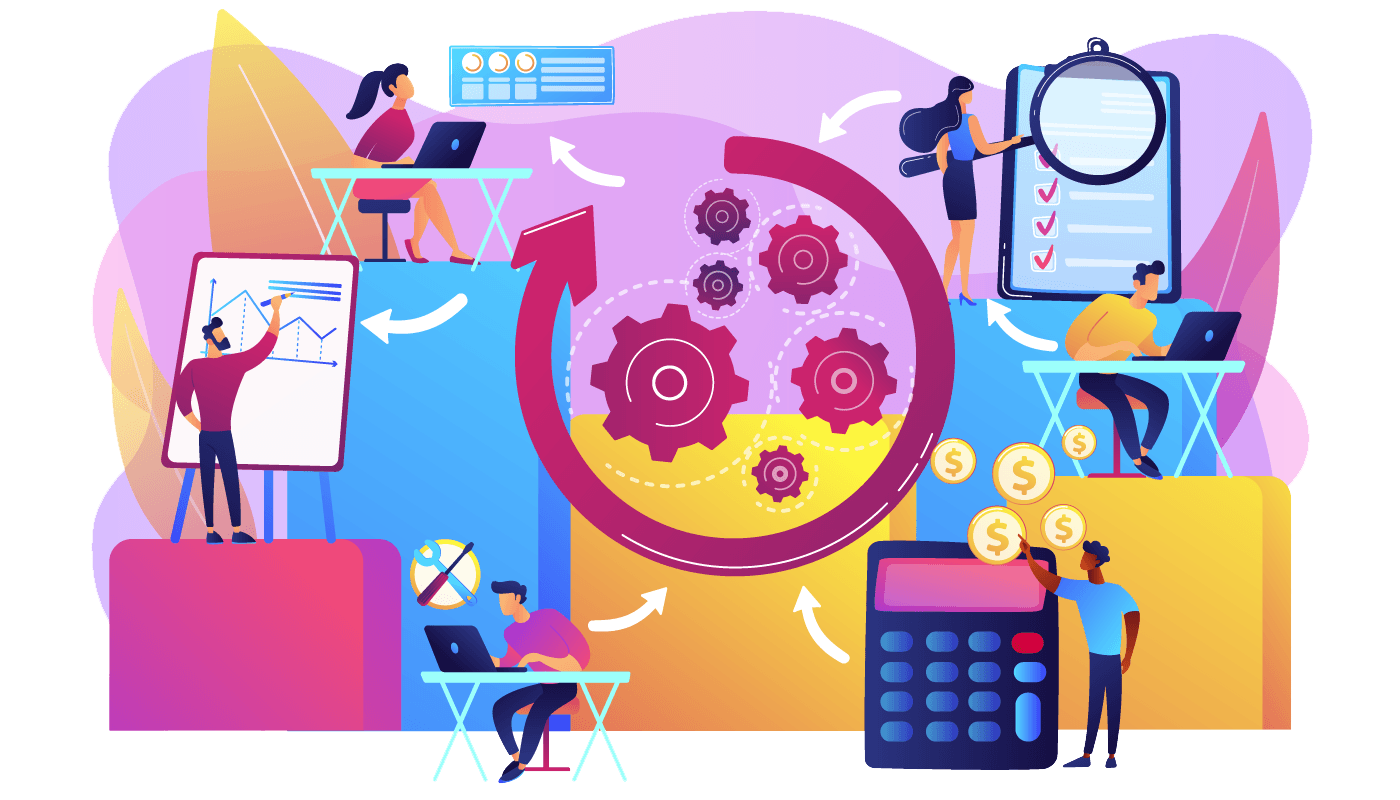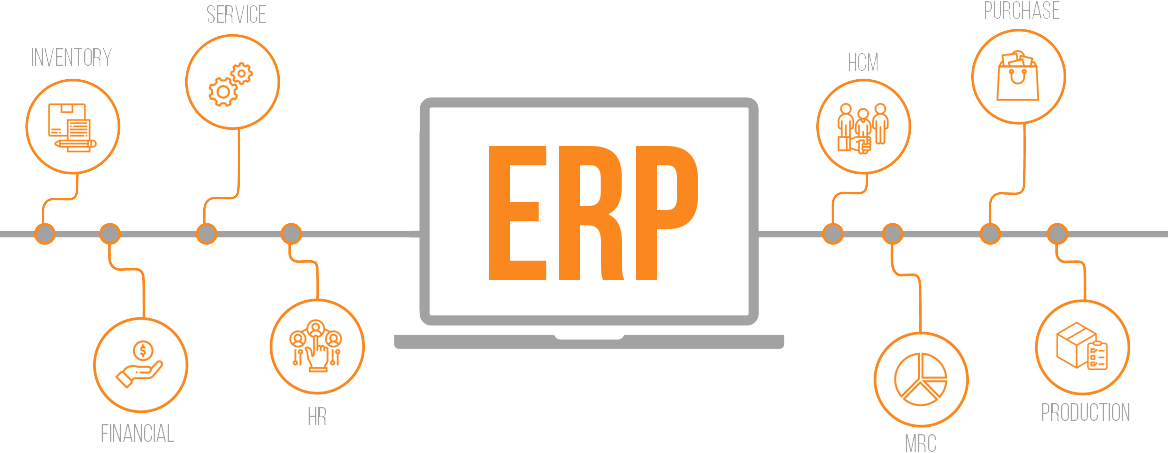Custom ERP Development

Large IT companies providing ERP solutions may not address unique business problems/puzzles normally an entrepreneur or small and midsize companies faces. As huge revenue comes from large companies IT firms offering ERP solutions have conduct years of research for meeting the requirement of large companies, it’s not profitable for them(IT companies) to customize their solutions for smaller companies so they impose the smaller companies to use irrelevant and unwanted or non-profitable practices. Very few smart decision-makers understand the fact that these ERPs made not for their businesses are killing their unique skills and expertise. Less than 1% decision-makers running small scale business gets the knowledge to prepare for their own ERP software. Most companies attain exponential growth after they start using their own ERP software which is designed to preserve their unique expertise. Such ERP solutions made for their unique business model clearly make a big value for their valuable decision. Those companies’ gives no priority for IT system upgrade will slowly be wiped out due to extreme competition.
Existing system analysis/Requirement analysis

In the custom ERP development environment first and the foremost process is to analyze the existing system if the client has any such system. If the client has never used any kind of ERPs to integrate all the software used by different departments, In order to map the proper requirements all the business processes, best practices and job roles, and team tasks should analyze accurately in order to map the Exact ERP requirements.
Proposed system
After having a proper understanding of each job role, Business processes, best practices, required functionalities, and MIS reporting tools we will submit a detailed report on a proposed system. After taking suggestions from the department heads/functional area heads.
Proof of concept

Upon agreeing with the proposal from the client’s side we will submit a proof of concept of the project showing in detailed features, options, and functionalities that come into each ERP module.
Functional catalogue

In the catalog, each module’s features, options, and functionalities will be categorized with proper documentation in detailed documented explanations.
Screens
In the next stage, all screens (front end) of all functionalities enlisted in the catalog will be presented to the client so that the client can have a say on the graphical user screens of the ERP.
Sample working modules
When the client confirms with the screens the next process the backend scripting will be completed and after the first level testing the solutions will be deployed in the server (On prime/Cloud).
ERP Application Testing

ERP Applications are generally configured to map to highly integrated and often complex business processes. Each configured ERP application is unique; therefore each system must be tested thoroughly before going live.
Such testing can include:
- Testing the individual components (Unit Testing),
- Testing the entire business process from end to end,
- Integration testing to other applications,
- Performance testing,
- User Acceptance Testing on behalf of the end-user.
- The identification of the test scope is a key activity that determines the time and effort required for the testing process. There are different reasons for embarking on a testing process including:
- New ERP Implementation
- Changes to an existing release of the ERP Application
- Configuration changes
- Custom Developments
- New/Amended Interfaces
- New Releases to the ERP Application
- Legal Changes
- Functional Improvements
Implementation

There are two main parts for the ERP implementation process after various types of classified testing as shown above.
- Deployment. After you’ve completed configuration, data migration, and testing, go live! But don’t celebrate yet: Unless your staff uses the system fully for their everyday jobs, the company is not getting the full return on its investment. Prioritize training, and consider selecting “evangelists” in each department. These power users are invaluable peer resources.
- Support. The project team ensures that users have the support they need, and continues to upgrade the system and fix problems as needed. If you’ve selected an on-premises ERP system, you’ll need IT resources dedicated to security, patching, maintenance, and troubleshooting problems.
To have valuable insight about custom ERP Development
Refer this Post
(Blog Courtesy: Cleveroad)
